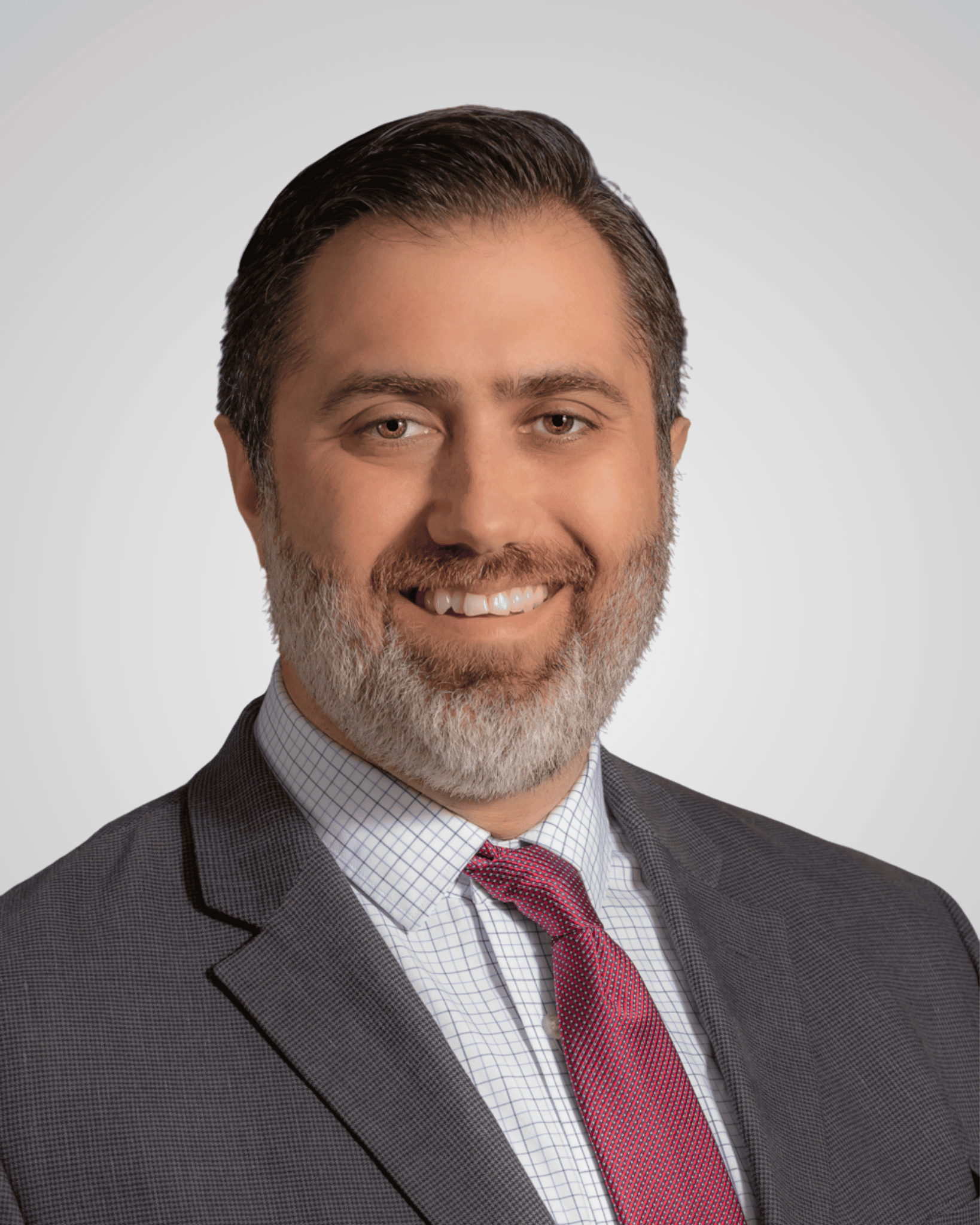At Counsilman-Hunsaker, we believe every aquatic facility, from neighborhood pools to major waterparks, should be a safe and welcoming environment. Ensuring safety requires more than meeting regulatory standards—it demands a proactive, strategic approach to identifying and mitigating risks. Through CHAMP risk evaluations, we help facilities address potential hazards, improve staff readiness, and align operations with regulations and industry best practices, creating safer spaces for communities to enjoy. Does this process work? Through regular auditing and evaluations, we’ve experienced that our current clients perform on average 10% better than others in the industry when it comes to safety and compliance.
The Importance of Risk Evaluations
The CHAMP risk evaluation examines every aspect of your facility, from infrastructure to emergency preparedness. We assess pool surfaces, amenities, and equipment to ensure they are slip-resistant, and compliant with laws and guidelines like the Virginia Graeme Baker Pool and Spa Safety Act. Empowering Staff and Enhancing Operations
Well-trained staff are critical to maintaining safety. Our evaluations review lifeguard training, supervision protocols, and emergency action plans to meet or exceed Model Aquatic Health Code (MAHC) standards. Regular in-service training and access to rescue equipment prepare teams for any situation.
Operational practices, such as water quality management, documentation of safety checks, and compliance with life safety standards, are also key areas of focus. These measures help prevent recreational water illnesses (RWIs) and ensure operational excellence.
Emergency Preparedness and Industry Standards
Emergency readiness is essential for aquatic facilities. Our assessments evaluate Emergency Action Plans (EAPs) for scenarios like drownings, chemical spills, and severe weather. We ensure staff are trained in evacuation, first aid, and lifesaving equipment, including Automated External Defibrillators (AEDs). Attention to chemical storage and handling, in line with OSHA, EPA and other guidelines, are vital for both safety and peace of mind.
By aligning our evaluations with standards such as the MAHC and Federal regulations, we ensure your facility meets and exceeds safety expectations.
Best Practices for Sustainable Safety
- Schedule regular assessments. Conduct annual professional audits supported by frequent internal checks.
- Focus on staff training. Provide ongoing education in emergency response, water safety, and chemical handling.
- Keep meticulous records. Document safety inspections, incidents, and trends for compliance and continuous improvement.
- Promote a safety-first culture. Engage staff and patrons in transparent communication and proactive risk management.
Risk evaluations are an investment in the safety and success of your facility. Partnering with Counsilman-Hunsaker means building a culture of safety that benefits everyone. Contact us today to learn how we can help your facility set the standard for aquatic safety.

